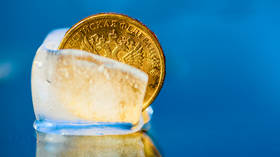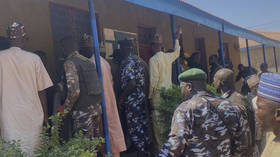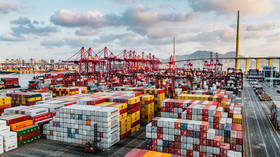Australia’s not ‘the Lucky Country’ anymore
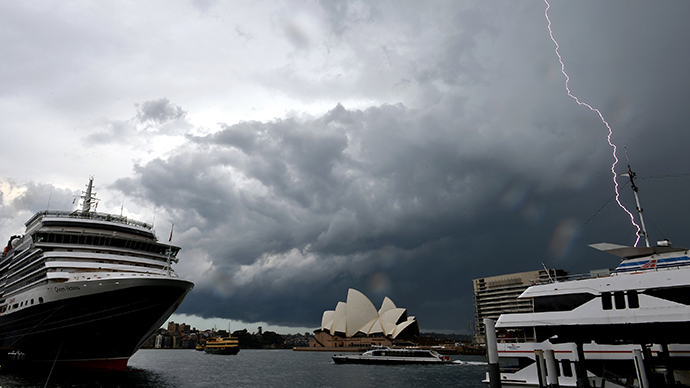
Two months ago, I warned that Australia’s status as 'the Lucky Country' was doomed and that an economic crash was imminent.
Then, many Australians derided the prognosis, but now the penny has finally dropped as optimistic press splashes are replaced by mounting fear.
'Clear and present danger' screams the Sydney Morning Herald while the Australian warns 'Economy faces a difficult ride' and the Australian Financial Review doesn’t hold back either, with 'Economy enters danger zone'. Bloomberg is even more pessimistic: 'Australia gives up on Australia as investment dwindles'.
The headlines indicate that something has changed Down Under this antipodean spring, as smart locals have realized what serious analysts have known for a long time and was predicted here – Australia is poised for a Greece-style financial meltdown.
The cause is a dramatic freeze in Chinese construction, which feeds on Australian iron ore, as the Land of the Rising Dragon reaches capacity in residential dwellings – completing a decades-long building program. The average price of new homes has been tumbling in China for months, with the rate of decline accelerating from June (0.5 percent) to July (0.8 percent). It plunged another 0.6 percent in August, bringing the average to US$1,737 per square meter. Not exactly happy news for Chinese financiers, but horrifying for those in Sydney where a gigantic property bubble has stoked up prices to $21,700 a square meter, a vast multiple of those in the world's second-biggest economy.
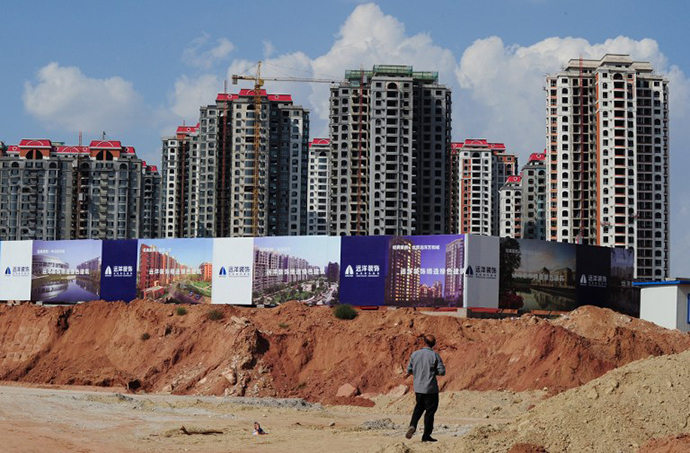
Screeching halts are a wonderful thing for runaway trains but tend to cause havoc in frothy markets and, as previously outlined, the sudsy Australian housing casino is as precarious as a plane where the passenger is trying to switch off the engines. This actually happened last month in New South Wales. Now, China’s slowdown is turning off the dynamo which fuels the entire Australian economy, mining.
Iron ore accounts for $1 of every $5 Australia exports, and oversupply issues and diminishing demand have seen the price drop to $84.38 a ton, with most pundits predicting a further slip to $76 a ton soon. That price level hasn’t been seen since 2009 – indeed only last year the precious metal was trading at around $160. Already, one mining company, Western Desert, has folded in the Northern Territory, crippled under an $80million debt and whispers of mass layoffs are stalking remote regions and Perth - often described as the world’s most expensive city. One commentator, Lindsay David, who we'll get to later, has warned that the iron ore price may yet collapse to $20 a ton.
So how much danger is Australia in and does the populace realize what’s around the corner? The media finally seems to be waking up, but to get an impression of the situation in Sydney, I spoke to some of the country’s leading analysts.
Jonathan Shapiro, a journalist at the Australian Financial Review, has been an objective voice on the globe’s most out-of-control property market. He’s noticed a change in discourse:
“Where I have noticed a shift, and it’s only been very recent, is in the tone from some regulators, such as the Reserve Bank and APRA whose responsibility it is to monitor the risks in the financial system.
“They have been careful not to sound the alarm but they are constantly messaging to investors not to expect house prices to continue to rise and to those that are investing in property that their assumptions might be a little on the heroic side. It’s not fear and loathing but it’s a start,” he says.
In a country about to enter recession, where the cost of a new home in New South Wales is now higher than the average 'purchase price' of a property in New York City ($507,000 last year, or 7.6 times the average household income in the region) this seems like common sense.
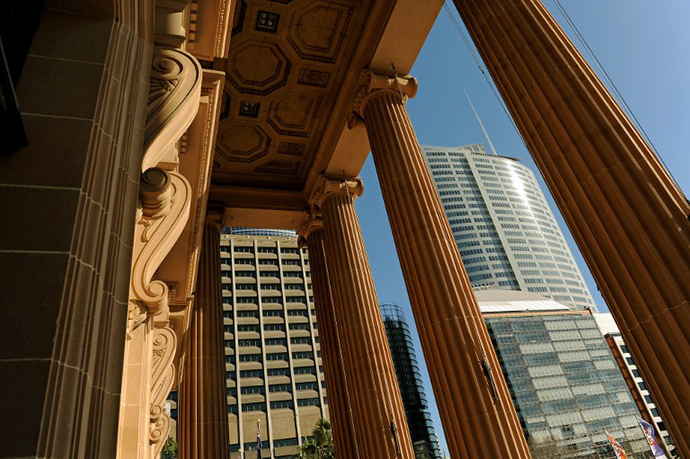
Indeed, this southern hemisphere winter, as the Sword of Damocles hovered over the economy, crazed investors fueled the highest house price growth since 2007 – just before the Great Financial Crisis – probably a signal that last orders are imminent. The surge was once again driven by the Sydney and Melbourne markets, which clocked increases of 5 percent and 6.4 percent, respectively. A common thread running through all historic property bubbles is that prices intensify just before the crash.
The man who did more than anyone to force Sydney's media to face up to the coming crisis was Lindsay David. The GreenRigCo founder and former strategy consultant published a fantastic book entitled 'Australia: Boom to Bust' earlier this year and, since his appearance on RT, his views have gained traction. Lindsay David agrees with Shapiro's sentiments.
"My book was independently written so it was able to tackle head on and openly this very sensitive topic and the fundamental challenges of the Australian economy and squash the thought that there is no housing bubble in Australia.
“This is still a very sensitive topic in Australia because we all know the consequences to the Australian economy if the property bubble bursts or if China stops buying our iron ore. Australia as an economy is 100 percent dependent on mining, banks and real estate. But still the majority view is that Australia is immune from recession – kind of like believing in Santa Claus. And the shock the day you find out [edited for younger readers] is on the horizon," David says.
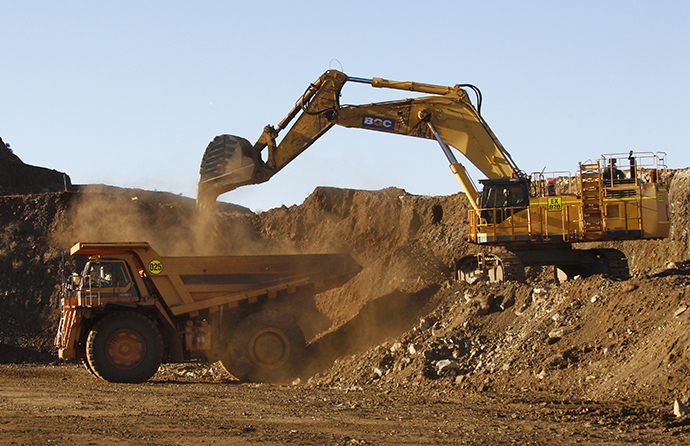
Former Reserve Bank of Australia employee Callam Pickering now writes for Business Spectator and the Australian. Like Shapiro, he’s been prepared to buck the previously prevailing mood and honestly evaluate the bubble Down Under.
“To understand Australia's attitude to housing you need to understand the complacency that 23 years of uninterrupted economic growth creates. Australia is a country where 30-year-olds cannot remember the last recession and anyone under 35 probably wasn't old enough to care even if they can remember it. It has created a belief that recessions and downturns only happen in other, less-fortunate countries. Australians don't fear asset bubbles because they are just a problem that other countries deal with.
“Although we are deeply cynical about banks and politicians, we seem to implicitly believe that they would never do the economy any harm. The Reserve Bank of Australia is almost never questioned within the mainstream media, which is unusual given the sheer power it holds over household and business balance sheets. So getting the public to believe that they are getting ripped off by housing is understandably difficult. Made all the more difficult by the fact that high house prices in Australia are considered normal, despite house price multiples that scream bubble to the rest of the world,” Callam says.
I put my contention that Sydney’s media appears ready to countenance the risks of implosion to the local experts. Shapiro, while acknowledging that the sharp drop in iron ore prices is causing some alarm, thinks the real rousing has yet to come.
“I don’t think Australians realistically believe there will be a house price crash in the near future,” Shapiro says. “There have been calls that the property market would crash and the last big scare in 2008 didn’t cause as much damage as the bears predicted. In fact property has now come back bigger and stronger. It’s so ingrained in the Australian psyche and the tax system and so many Australians are dependent on stable property prices that few would envisage a correction. There’s a small minority that believe a crash is around the corner but they are on the fringes. That could change if some of the canaries in the coal mine start chirping. Lately the iron ore price has fallen sharply and most Australians recognize the importance as a measure of national wealth.
“All the official evidence is that Australia’s economy and banking system could handle a property crash – the banks and regulators say they have stress tested the impacts of a severe downturn and the banks are big and strong enough to weather a sharp correction,” Shapiro says. “I have my doubts.”
The balance sheets of two of Australia's four pillar-banks have cash-to-asset ratios that are lower than what Lehman Brothers held in the US 15 months before its collapse. Worse again, the asset sheets of each of the 'big four' financial institutions represent close to half of Australia's total GDP – Lehman's was just 5 percent of the American total. That seems to question whether the regulators are living in the real world and Shapiro’s doubts are well-founded.
Pickering echoes the feeling that myopia still prevails in the streets of Australia, but credits the media for debating prospects.
“There has been an increase in discussion about house prices and bubbles. My articles on Business Spectator have done incredible numbers and my readership – most of whom are older, rich men – have been surprisingly open to the idea that housing may not be the great investment that it once was. More importantly, the greater chatter hasn't been met by the usual cynicism. Normally when someone questions Australian property - particularly if they are from overseas – they are met with a wall of criticism. Australians are reassured that property in Australia is nothing like other countries.
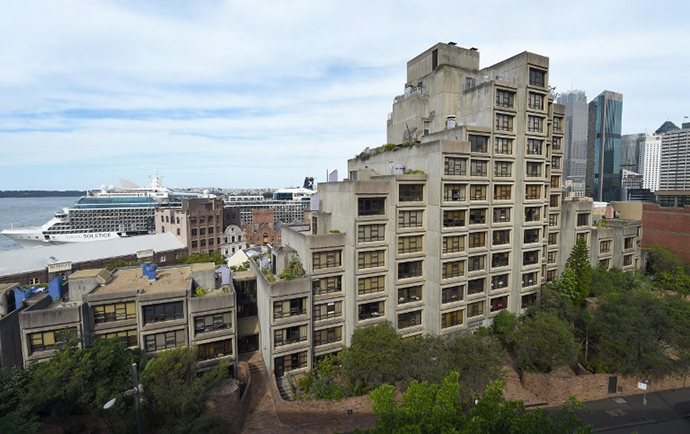
“It might be reasonable to say that the media are now more open to the idea of a bubble or at least to idea that prices have to fall. As always though it's tough to get a read on the public and the fact that prices push ever higher suggests that they haven't yet got the message,” Pickering says.
David, whose book has been topping Amazon Australia bestseller lists, also believes the press has opened up, by contrast to two months ago when he claimed there was a wall of silence.
"There is a lot more open discussion in the mainstream on whether Australia is experiencing a credit fueled property bubble. More analysts/economists, with no political or financial bias, are also coming out expressing their concerns.”
However, David counters that the general public aren't getting
the message yet.
"This view still only exists on the very fringes of society. The main reason being not many people have done the math. Australians really think the Australian economy is different – we don't appreciate the fact that it is normal for a country to go into recession from time to time.
"Real estate in Australia is a sport. Aussies think prices only go up, but this hasn't been tested by a recession since the early '90s. Still today, the absolute majority of Australians have absolutely no clue whatsoever about the risks (in the form of toxic debt running out of control) that have been taken to get the price of real estate to the point It is today," he says.
In the early July piece, I equated the Australian economy to a 1958 Disney film called 'White Wilderness' and explained how like the lemmings in that fascinating documentary, 'the Lucky Country' was about to jump off a cliff. That view has since solidified and the message is finally hitting home Down Under. The question now is, in the dash to extract the last dollars from the imploding bubble, how exactly will it end? The portents look extremely gloomy for 'the Lucky Country' and the exits appear to be sealed.
The statements, views and opinions expressed in this column are solely those of the author and do not necessarily represent those of RT.
The statements, views and opinions expressed in this column are solely those of the author and do not necessarily represent those of RT.






